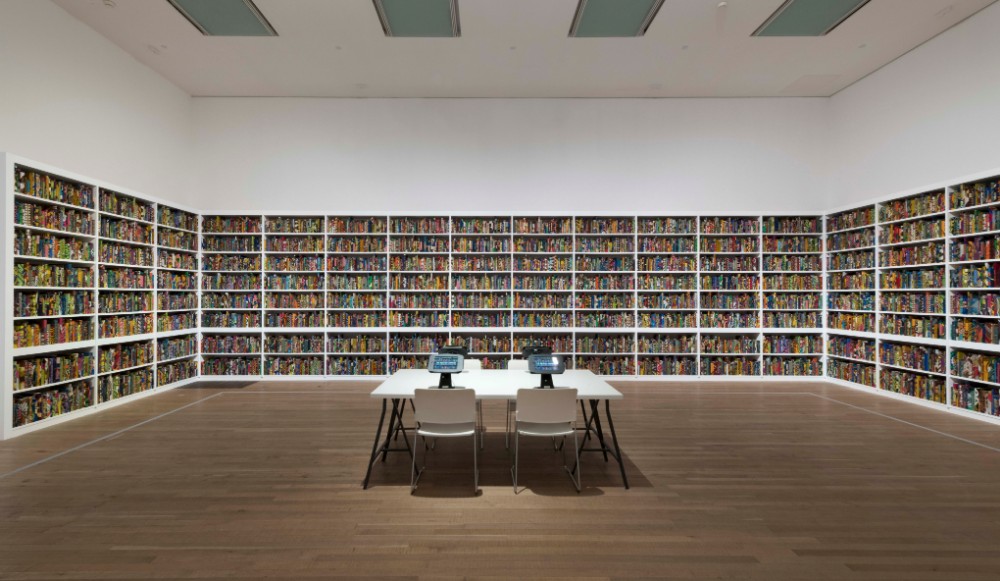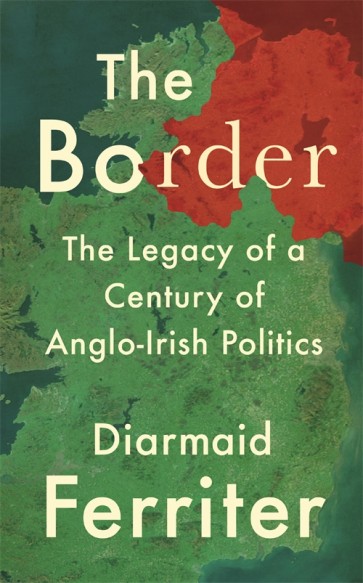“Where does Togo start?”
My guide looks out across the steep scarps of Ghana’s Volta Region, a vibrant green landscape that folds and curves like velvet curtains. His eyes trace the ferrous-red roads scratched between the hills before settling on one of the villages nestled in the valleys.
“It is that one,” he says, smiling shyly.
I return the smile and point my lens in the direction indicated, the reflections of the corrugated roofs leaving a temporary blind spot on my retina. Snap snap. Camera returns to case and we share another awkward smile.
We both know he guessed. He doesn’t have a clue where his country ends and its neighbour begins.
Why would he? The border is almost meaningless here; someone else’s line marked out decades before, when the Europeans carved up a continent to their uninvited whims and ideas. It matters little in the day-to-day living of life. While one side is Francophone country and the other Anglophone, the shared Ewe language is the one used to talk to friends or family who happen to be on the other side. And an ECOWAS passport allows for easy, visa-free movement across the whole region (a privilege that no one here would ever think of giving up through a plebiscite).
The name of the hill we are on – Mount Gemi – is another colonial legacy. This is not an Ewe word, not even Twi, but a contraction of the German Mission that came here to share the word of Christ, leaving a cross on its summit. Perhaps there would be a little more acknowledgement of the boundary if the Europeans had been a little more decisive, but it has shifted many times since then. Mount Gemi’s summit was once in a country that no longer exists, German Togoland. Little wonder that most ignore it.
We leave the summit and its cross behind and set off back to Amedzofe. Most of the village’s residents are watching the local football team’s match – are the opponents Togolese? – but we continue past the pitch to the village square. Ghanaians wait for the cooler evening air to meet with friends, thus avoiding the worst of the daytime heat. This respite comes a little earlier in this hilly country – we’re at around 600m – and even though the sun is still out, Amedzofe’s older inhabitants are already congregating in stone seats, waving as we pass.
Adjacent to this rendezvous point is the small visitor centre. Inside, my guide diligently asks his boss to identify exactly where the border lies. Maps are withdrawn from a large wooden chest and the obliging superior shows me where we are, then where the border is. My guide wasn’t too far off, and his face displays a mix of pride and relief. It’s around five miles away, the boss-man says; shall I take you there?
I thank him and decline. Time to move on; there are more hikes to be had further along this invisible border.
*
The border is much closer at Wli (pronounced ‘Vlee’, another linguistic leftover from the Germans). There’s even a checkpoint at the end of one road from the village, where the guards will happily mark your passport with Togo’s stamp and let you potter about in another country for a while, all for just a few cedis.
A more popular activity for the growing numbers of tourists – mostly young volunteers who comprise Europe’s present-day, less disruptive mission to Ghana – is to the double-drop Agumatsa waterfall, the highest in West Africa (although not the only one to claim this title). An easy path meanders through fruit farms and forest to the lower falls, where you can swim in the plunge pool and sip coconuts after. But I opt for the harder route along the steep-sided cliffs of this natural amphitheatre, which leads to the upper falls.
It’s a steep, sweaty climb, and its unpopularity relative to the signposted lower route is evident as my guide hacks constantly at the overgrowth – grasses, vines, saplings – barring our way. Eventually, after ninety minutes of slipping and sliding, swishing and swearing, we reach a viewpoint overlooking the hidden upper falls. Any waterfall is a captivating sight, but this one is flavoured with exoticism by being glimpsed through a thick frond of creepers and ferns. And it has further novelty to its name: the water leaves Togo, crashing down an 80m drop into Ghana. A truly spectacular border crossing.
The path continues beyond the viewpoint, and at some point along it enters another country. But there’s no border post, no fence, no wall up here; nothing except a leaf-covered footpath and a neat stack of felled trunks, about a hundred metres ahead.
Are those in Ghana or Togo?
I don’t bother asking out loud this time. It’s just forest.
*
Only when the border is close to running out of land does it assert itself. Lomé snuggles into the corner where the line meets the sea and here, things are done properly.
I’ve always wanted to walk across a national border. Perhaps it’s a legacy of growing up on an island, where our neighbours are all a boat ride or tunnel away. And Ghana/Togo indulge me in style. Late one Friday evening, two hours after departing the heat and hustle of Accra, a taxi drops me in Aflao, a town whose main purpose is to wave goodbye to those leaving the country or welcome those arriving, the lines of snack stalls ready to provide sustenance on their way.
From here, I proceed on foot beneath a crumbling arch, Ghana’s signatory black star on top, and wait for a stern border guard to scrutinise my passport for … what, exactly? Once waved through, I approach his Togolese counterparts. They usher me through without question; it’s late, they’ve evidently checked enough passports for one day. I raise a hand in acknowledgment and walk into another country.
Now this is a border. There is change, distinction, separation. A city springs up immediately around you; no suburbs, no urban sprawl, at least on this side. Just a few metres from the neatly farmed fields that surround Aflao are high-rise buildings, crowded streets and that distinctive scent of city tarmac warmed by tropical heat. There is a busy hum of horns and engines, the chaos of a thousand people in each street, an urgency that only urbanity provides. It feels a long way from Mount Gemi and Wli, where the border is little noticed.
Other changes, too. Motorbikes, largely absent in Ghana, zip all over; the bread sold by street vendors is long and crusty, not soft and stodgy. And the language of the capital, into which people from all corners of the country pour, is the communal French, local languages reserved for when you meet someone from ‘home’. Yet just a few metres back that way, barely a word of French is understood. I hail a motorbike, ignoring the common-sense warnings about riding on one without a helmet, and struggle to summon enough schoolboy French to get me to the hotel.
*
Two days later, my brief sojourn over, I walk back across the border. The same taxi driver is waiting, as agreed, and we soon head west.
‘Do you know how the border is marked beyond the checkpoint?’ I ask.
‘It is a fence, I think. Yes, a fence.’
‘Do you know how far it goes? Because I was in Wli a few weeks ago and there isn’t a fence there, so I wondered where it stopped.’
The driver gives me a bemused glance in his rear-view mirror, then turns up the radio so that it is loud enough to drown out any more daft, irrelevant questions from the back seat.
***
Tim is an editor on Elsewhere: A Journal of Place and the author of Love In The Time of Britpop. You’ll find him on twitter here.


















